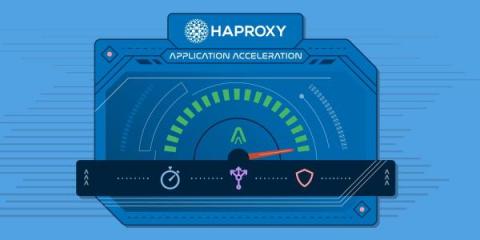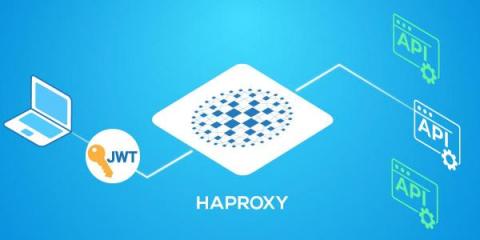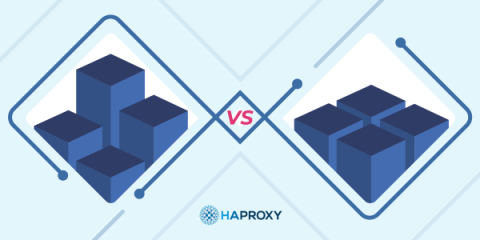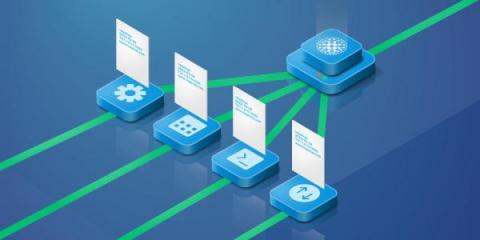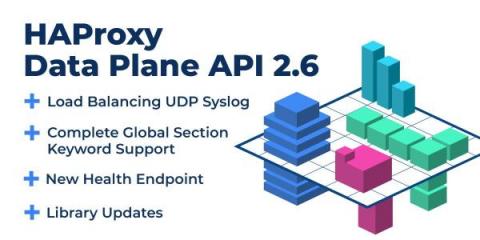Fundamentals: Application Acceleration and the Benefits for your Service Delivery
Application acceleration is all about improving the responsiveness of a digital service. When clients access web applications, they are expecting near-immediate feedback from servers. Maintaining that level of performance requires ensuring the right resources are available to process requests, shortening the information retrieval process, and maintaining system uptime by warding off threats.


